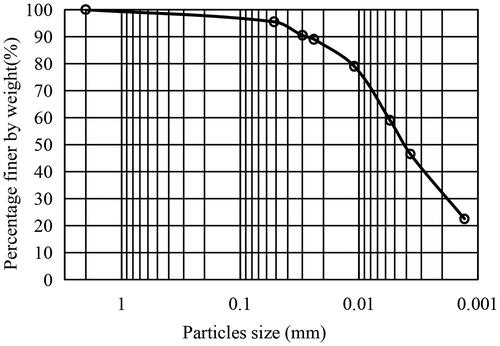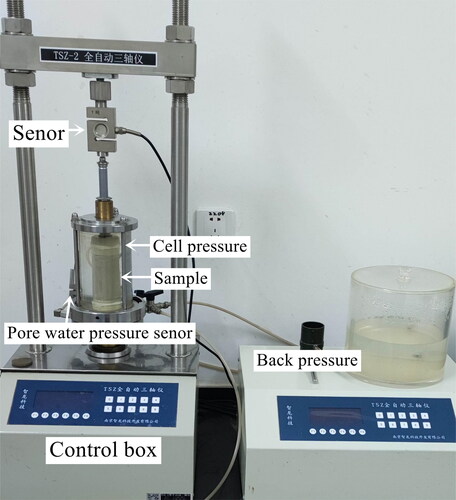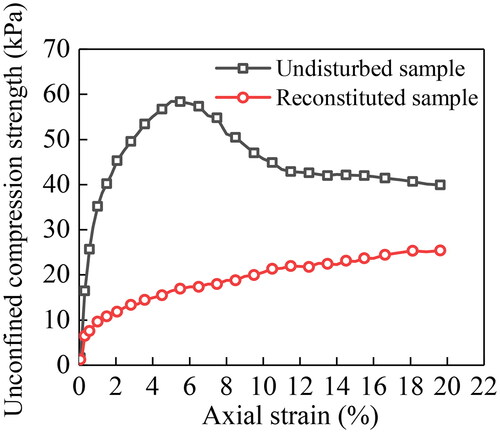Figures & data
Figure 1. The destruction site of the bengbu section of the mainstream of the Huaihe River (a) China map; (b) bengbu slope collapse behavior; (c) the destruction site.
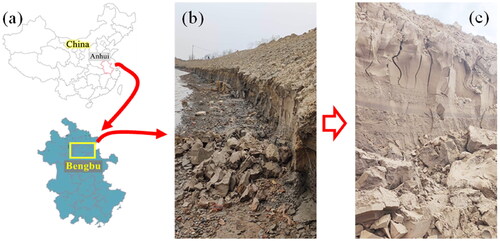
Table 1. Basic physical properties of the tested clay.
Table 2. Mineral composition of high liquid limit clay.
Table 3. Triaxial compression test of high liquid limit clay.
Table 4. Triaxial compression test of high liquid limit clay with 1 D-W cycle.
Figure 5. SEM Tests (a) sample tray; (b) SBC-12 ion sputtering instrument; (c) sample chamber; (d) KYKY-EM6200 SEM.
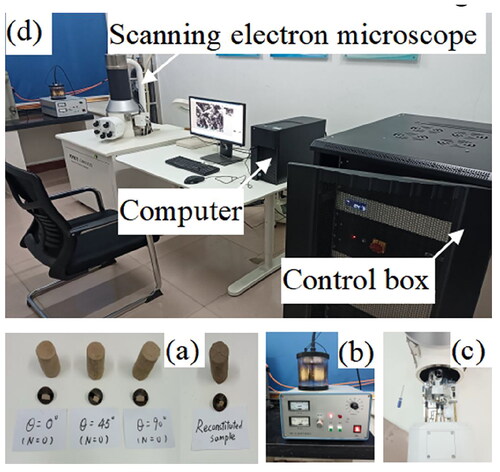
Figure 6. Sample preparation equipment (a) sample trimmer; (b) dry oven; (c) soil sieve; (d) electronic scale; (e) mold and tamper; (f) saturation device.
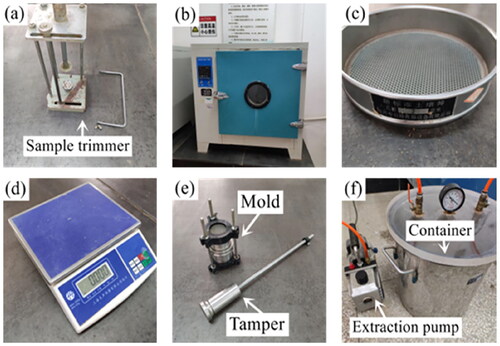
Figure 8. 10.0kx SEM images of undisturbed and reconstituted samples of high liquid limit clay (a) undisturbed sample θ = 0°; (b) undisturbed sample θ = 45°; (c) undisturbed sample θ = 90°; (d) reconstituted sample.
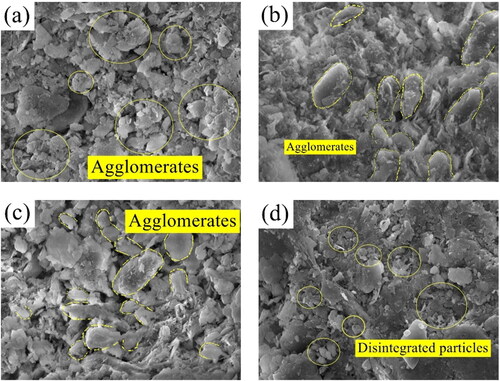
Figure 9. Stress-strain and porewater pressure-strain curves of reconstituted and undisturbed samples (θ = 0°) of high liquid limit clay with 0 D-W cycles (a)reconstituted samples stress-strain curves; (b) reconstituted samples porewater pressure-strain curves; (c) undisturbed samples stress-strain curves; (d) undisturbed samples porewater pressure-strain curves.
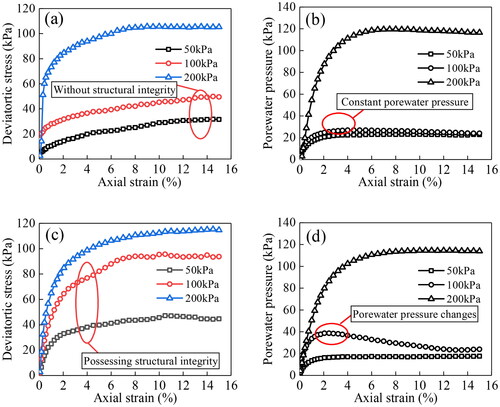
Figure 10. Stress-strain curves for three undisturbed samples (θ = 0°, 45°, and 90°) with 0 D-W cycles, and stress-angle variation curves (a) 50 kPa; (b) 100 kPa; (c) 200 kPa; (d) stress-angle variation curves.
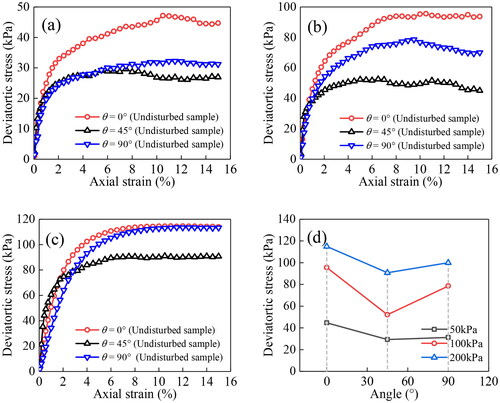
Figure 11. Stress-strain curves and porewater pressure-strain curves of reconstituted samples and undisturbed samples (θ = 0°, 45°, and 90°) of high liquid limit clay after 1 D-W cycle (a)reconstituted samples stress-strain curves; (b) reconstituted samples porewater pressure-strain curves; (c) undisturbed sample in 0° direction stress-strain curves; (d) undisturbed sample in 0° direction porewater pressure-strain curves; (e) undisturbed sample in 45° direction stress-strain curves; (f)undisturbed sample in 45° direction porewater pressure-strain curves; (g) undisturbed sample in 90° direction stress-strain curves; (h)undisturbed sample in 90° direction porewater pressure-strain curves.
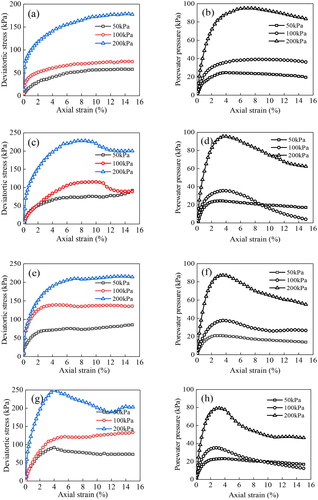
Figure 12. Shear strength envelope for reconstituted and undisturbed samples (θ = 0°, 45°, and 90°) of high liquid limit clay with 0 D-W cycles.
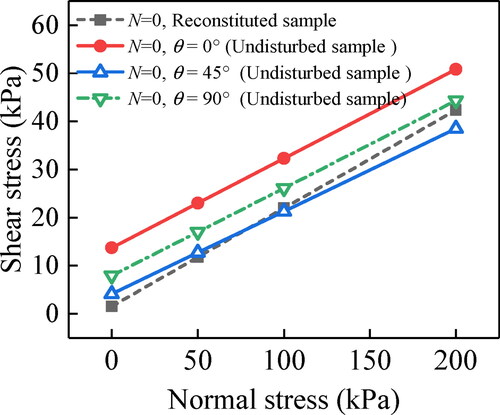
Table 5. Shear strength parameters for reconstituted samples and undisturbed samples (θ = 0°, 45°, and 90°) of high liquid limit clay with 0 D-W cycles.
Figure 13. Shear strength envelope for reconstituted samples and undisturbed samples (θ = 0°, 45°, and 90°) of high liquid limit clay after 1 D-W cycle.
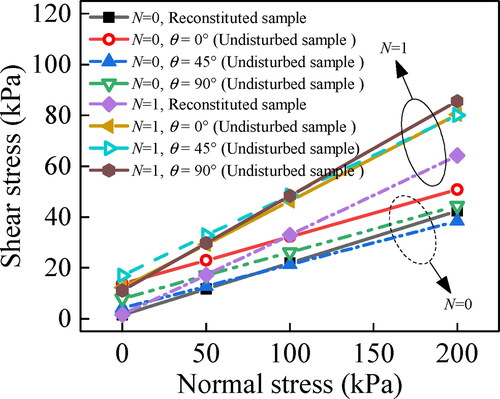
Table 6. Shear strength parameters for reconstituted samples and undisturbed samples (θ = 0°, 45°, and 90°) of high liquid limit clay after 1 D-W cycle.
Figure 14. Undisturbed high liquid limit clay samples (θ = 0°, 45°, and 90°) after 1 D-W cycle (a) θ = 0°; (b) θ = 45°; (c) θ = 90°.
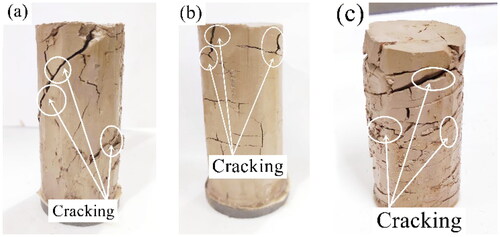
Figure 15. Failure mode of undisturbed samples of high liquid limit clay (θ = 0°, 45°, and 90°) under 100 kPa cell pressure with 0 D-W cycles (a) θ = 0°; (b) θ = 45°; (c) θ = 90°.
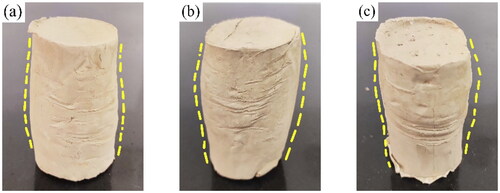
Figure 16. General undrained shear behavior of sand under large deformation (Yoshimine and Ishihara Citation1998).
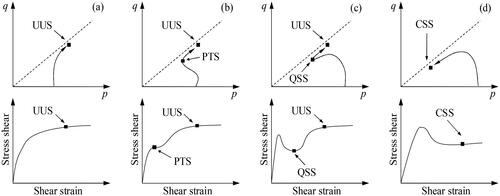
Figure 17. Effective mean principal stress paths of undisturbed samples of high liquid limit clay (θ = 0°, 45°, and 90°) with 0 D-W cycles.
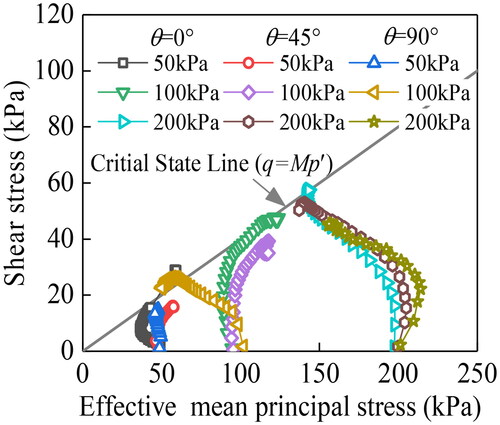
Figure 18. Failure modes of undisturbed high liquid limit clay samples (θ = 0°, 45°, and 90°) under a 100 kPa cell pressure after 1 D-W cycle. (a) θ = 0°; (b) θ = 45°; (c) θ = 90°.
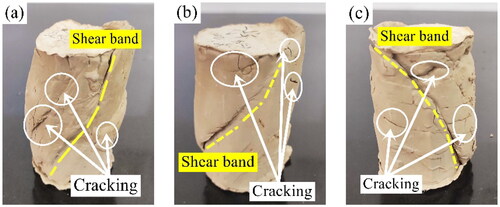
Figure 19. Effective mean principal stress paths of undisturbed samples of high liquid limit clay (θ = 0°, 45°, and 90°) after 1 D-W cycle.

Figure 20. Stress peak variation with cell pressure for undisturbed samples (θ = 0°, 45°, and 90°) of high liquid limit clay under 0 and 1 D-W cycle (a) high liquid limit clay with 0 cycles of D-W; (b) high liquid limit clay after 1 cycle of D-W.
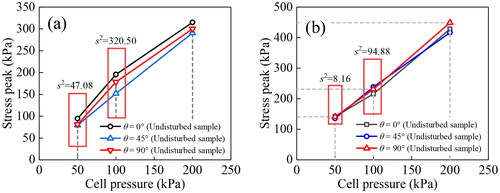
Table 7. Variance of stress peak values for undisturbed samples (θ = 0°, 45°, and 90°) under 0 and 1 D-W cycle.
Data availability statement
All data used during the study are available from the corresponding author by request.

